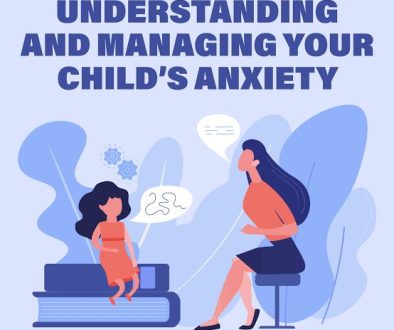Emotional Labor in Relationships: The Invisible Burden of Managing Emotions
Emotional labor, a concept coined by sociologist Arlie Hochschild in 1983, refers to the process of managing and regulating one’s emotions to meet the expectations of others. In the context of relationships, emotional labor can be a significant burden, often falling disproportionately on one partner.
What is Emotional Labor in Relationships?
In relationships, emotional labor involves managing one’s own emotions, as well as those of one’s partner, to maintain harmony and avoid conflict. This can include suppressing one’s own feelings, placating one’s partner, and absorbing their emotions. Emotional labor can be exhausting, leading to feelings of resentment, anger, and burnout.
Examples of Emotional Labor in Relationships
1. Being the “emotional custodian”: One partner takes on the responsibility of managing the other’s emotions, ensuring they are calm and happy.
2. Suppressing one’s own emotions: A partner hides their own feelings to avoid conflict or upsetting their partner.
3. Being the “peacemaker”: One partner constantly tries to mediate conflicts and maintain peace, even if it means sacrificing their own needs and desires.
4. Managing one’s partner’s emotions: A partner tries to regulate their partner’s emotions, such as calming them down or cheering them up.
Consequences of Emotional Labor in Relationships
1. Emotional exhaustion: The partner performing emotional labor can become drained, leading to physical and mental health problems.
2. Resentment and anger: The partner performing emotional labor may feel resentful and angry towards their partner for not pulling their weight emotionally.
3. Lack of intimacy: Emotional labor can create a sense of disconnection and lack of intimacy in the relationship.
4. Power imbalance: Emotional labor can create a power imbalance in the relationship, with the partner performing emotional labor feeling like they are walking on eggshells to avoid conflict.
Recognizing and Addressing Emotional Labor in Relationships
1. Communication: Partners should communicate openly and honestly about their emotions and needs.
2. Emotional intelligence: Both partners should strive to develop emotional intelligence, recognizing and managing their own emotions.
3. Shared responsibility: Both partners should take responsibility for managing their own emotions and contributing to the emotional well-being of the relationship.
4. Boundary setting: Partners should establish clear boundaries and expectations for emotional labor, ensuring that neither partner feels overwhelmed or resentful.
Conclusion
Emotional labor in relationships can be a significant burden, leading to emotional exhaustion, resentment, and a lack of intimacy. By recognizing the signs of emotional labor and addressing them through open communication, emotional intelligence, shared responsibility, and boundary setting, partners can work towards creating a more balanced and emotionally sustainable relationship.



